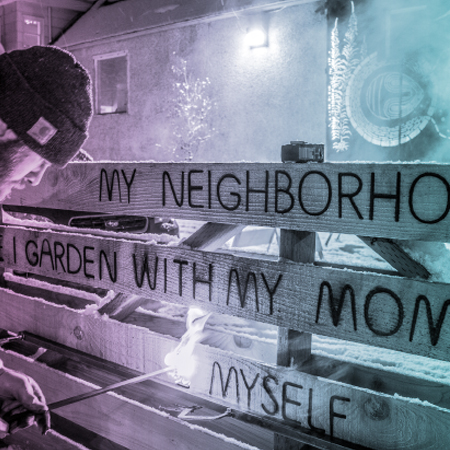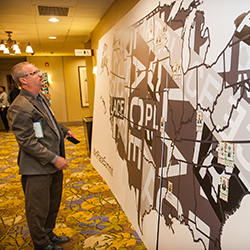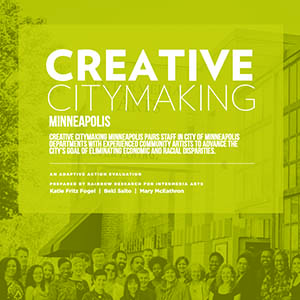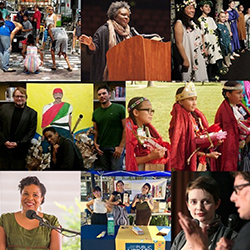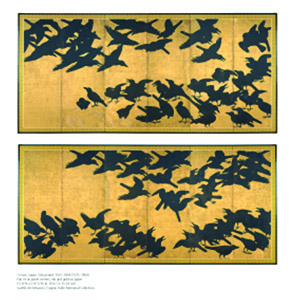MAKING SENSE OF MEANING: HOW CREATIVE DOCUMENTATION ENHANCES OUR UNDERSTANDING OF COMMUNITY DEVELOPMENT
The effort to document and research the Community Development Investments initiative grew up alongside the program itself, and the analytical approach reflects a balance between conveying the unique features of six distinct experiences and producing lessons of broader relevance to various fields of practice. This essay describes the ways in which the PolicyLink team, in close consultation with ArtPlace America, the grantees of the program, and a number of advisors, created and carried out an approach that was suited to the unique features and dimensions of the initiative.
288
MAKING UP CREATIVE PLACEMAKING
Creative placemaking is an increasingly prevalent form of planning practice that invokes arts and culture as tools for revitalization. Using frameworks developed by Foucault and Hacking, this report analyzes the emergence and ongoing contestation of this term, contrasting the way creative placemaking is understood and enacted by actors in Philadelphia with definitions employed by national funders.
MINNEAPOLIS CREATIVE CITYMAKING
Rainbow Research conducted a Developmental Evaluation of the Minneapolis Creative CityMaking (CCM) program 2015-2016, funded by the Kresge Foundation. CCM was administered and directed through a collaboration of Intermedia Arts (IA) and the Arts, Culture and the Creative Economy (ACCE) unit of the City of Minneapolis. It was an arts-based innovation initiative that in 2015-2016 paired city staff in five City of Minneapolis departments with nine experienced community artists to generate new arts-based, field-tested approaches that engage traditionally underrepresented communities and stimulate innovative thinking and practices for more responsive government. This work increased the capacity of municipal government to address inequities in political representation, housing, transportation, and community engagement. Creative CityMaking intentionally cultivates intersections where City staff and artists work together to address issues of disparity among people who live, work, or study in Minneapolis. These intersections give birth to new thinking, allowing diverse voices to be heard, residents to influence decision-making, and government to create a city that works for all.
NEA EVALUATION AS A TOOL FOR CREATIVE PLACEMAKING
Featuring a webinar on how program evaluation can play a role in designing and implementing creative placemaking programs with researchers Rachel Engh of Metris Arts Consulting and Lynn Osgood of GO collaborative who highlighted the role of evaluation in three different creative placemaking projects. They also discussed approaches to the development of theories of change, which describe how and why a desired community change is expected to happen and how the arts are linked to the results the projects are expected to achieve.
OUR TOWNS: A JOURNEY INTO THE HEART OF AMERICA
In the summer of 2013, James & Deb Fallows began a project to visit smaller towns around the country—places that show up in the news usually only as backdrops for national-politics coverage, or when some human or natural disaster has struck—and to report on how schools, businesses, families, and civic life were faring “out there.” The guiding principle of this reporting was developed through years of travel. The central premise is that the most positive and practical developments in this stage of American life are happening at the local and regional level—but that most Americans have barely heard of those developments except in the communities where they themselves live. That is the theme they hope to explore here.
PLACEMAKING AND THE POLITICS OF BELONGING AND DIS-BELONGING
An expanded version of Roberto Bedoya's essay “Creative Placemaking and the Politics of Belonging and Dis-belonging,” first published on the Arts in a Changing America website. Bedoya was asked to prepare it for the GIA Reader audience and to reflect further on the topic of belonging as it relates to their work as a public funder.






